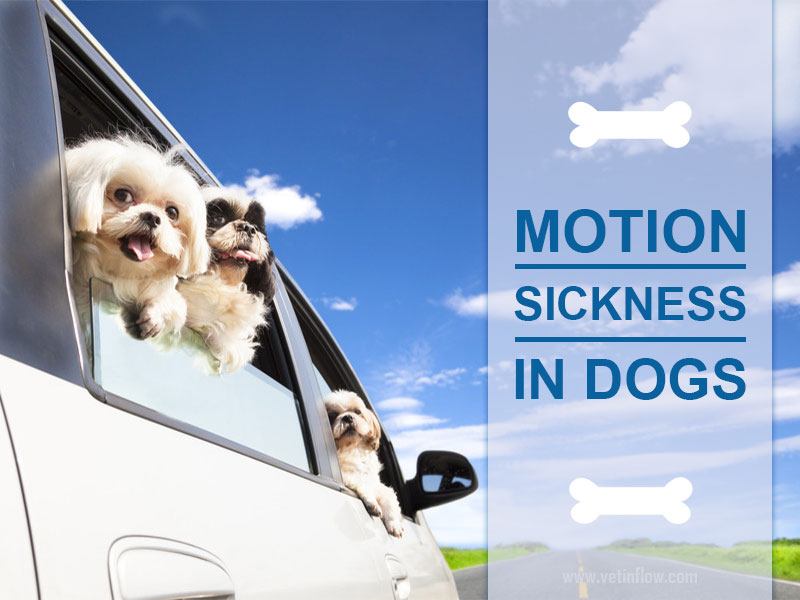
Motion sickness in dogs
How does your dog feel about car rides? Is your pet overjoyed with the idea of getting into your car or is that somehow a source of stress in his or her life?
Although all dogs can suffer from motion sickness, this is more commonly seen in puppies and young dogs. This happens because puppies don't have all their inner ear structures fully formed yet and these structures are responsible for their balance. Puppies will usually grow out of it but sometimes the problem persists.
When dogs are feeling travel sickness they will often show one or more of these signs: panting, frequent lip-licking and yawning, restlessness, anxiety, trembling, drooling, retching and vomiting. Some dogs may even whine, bark and be reluctant to get in the car in the first place.
There are several things you can try to help reduce your dog's nausea and make the car ride a bit more comfortable:
- Have him or her facing forward while you're traveling. There are specially designed dog seat belts that will not only help you with this but will also ensure your dog is safely restrained in case of accident. Please remember to disable passenger airbags if you choose to have your dog travelling in the front passenger seat.
- Lower your car windows a couple of inches to equalise the air pressure in the car with the air pressure outside. This will keep the car cool and well ventilated, avoiding the sensation of being in a hot, stuffy vehicle.
- Try not to feed your pet a large meal before travelling as a full stomach can make things a lot worse for a dog that tends to feel poorly during car rides.
- Give your pet a treat or a toy to try and keep it distracted whilst on the move.
- Take regular breaks and let your dog out on a lead to stretch his or hers legs, have some fresh air and have a drink of water.
- Do your best to be careful with your driving and make the trip as smooth as possible.
Many dog owners prefer to have their pet travelling in a cage or a crate. Using a crate can help your pet feel more secure. It should be well ventilated and as open as possible so the dog can see out.
If the dog does not outgrow motion sickness it might benefit from a behavioural modification approach where the owner tries to get the dog used to car trips gradually. Owners can also consult their veterinary surgeon as there is medication available that can help prevent or decrease car sickness in your dog.
Would you like to know more about dogs? Check our Canine Courses:
![]()
Canine courses
Read the previous article: Caring for an older horse


